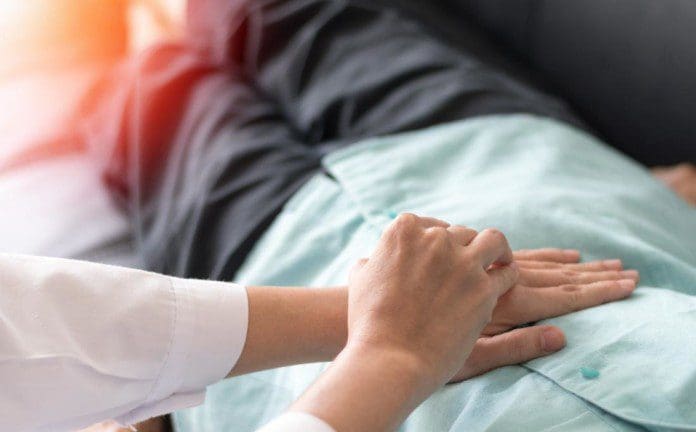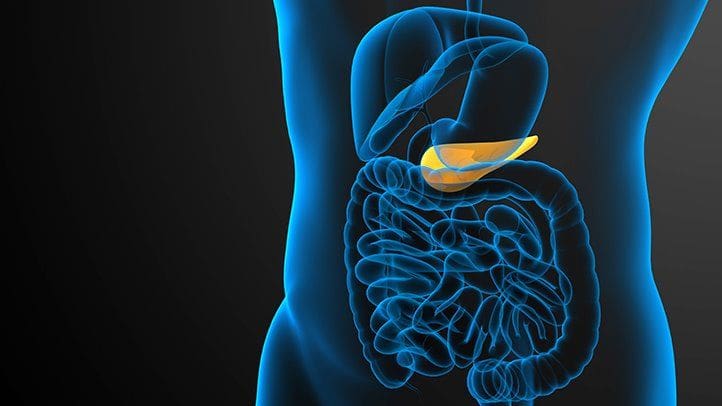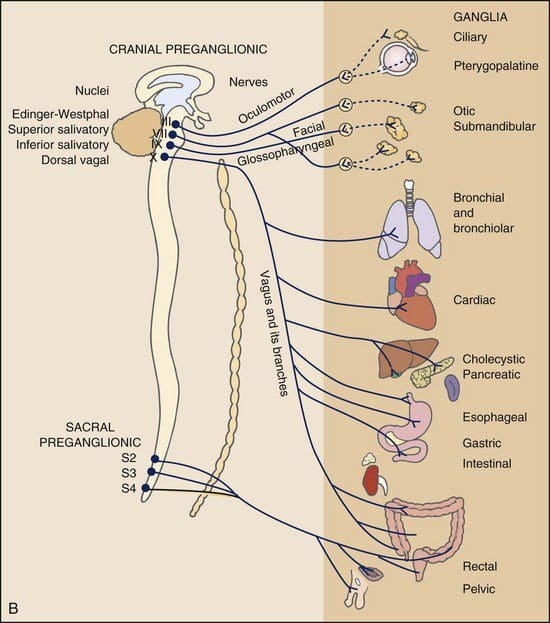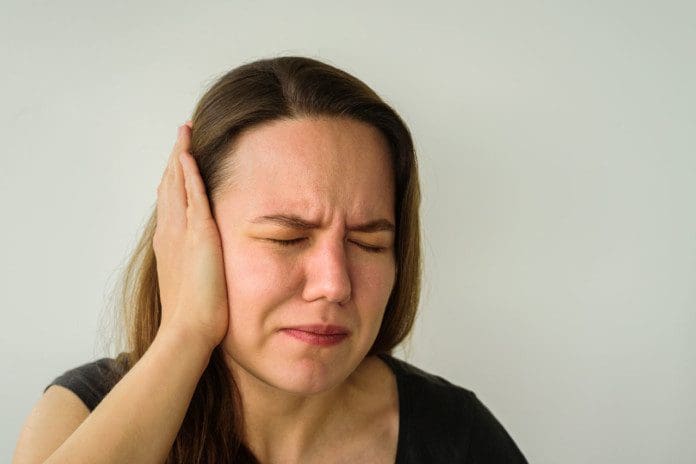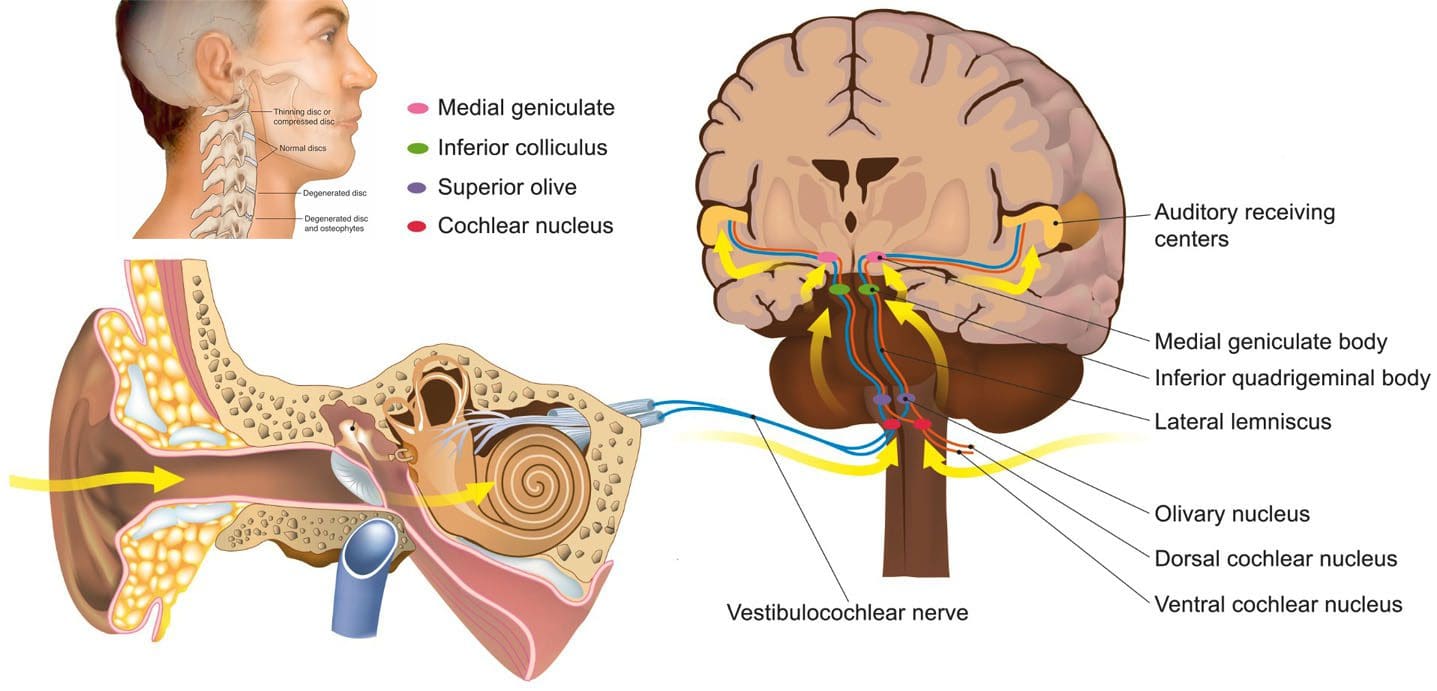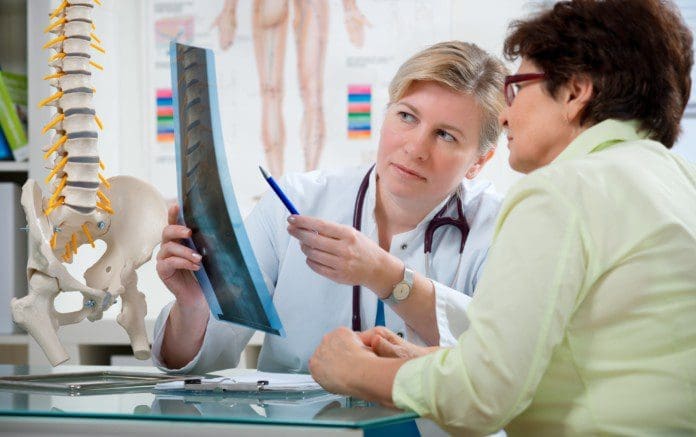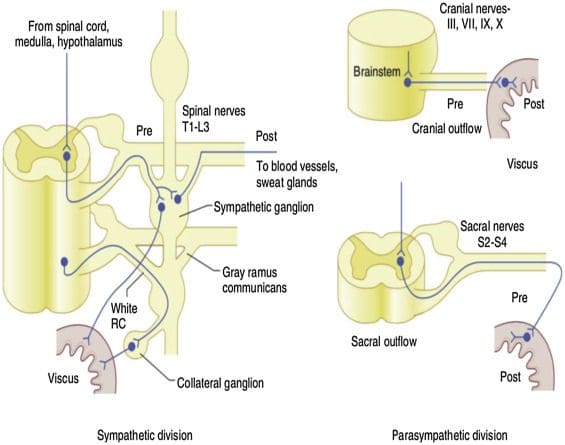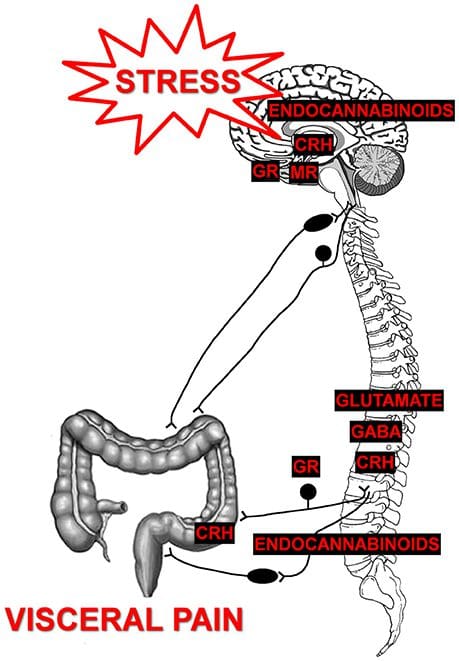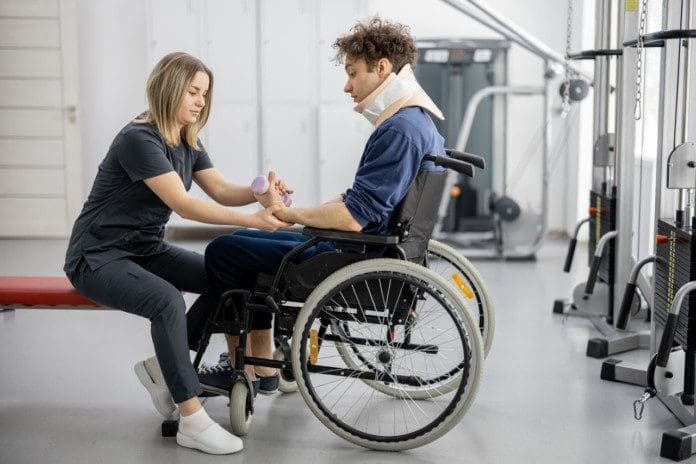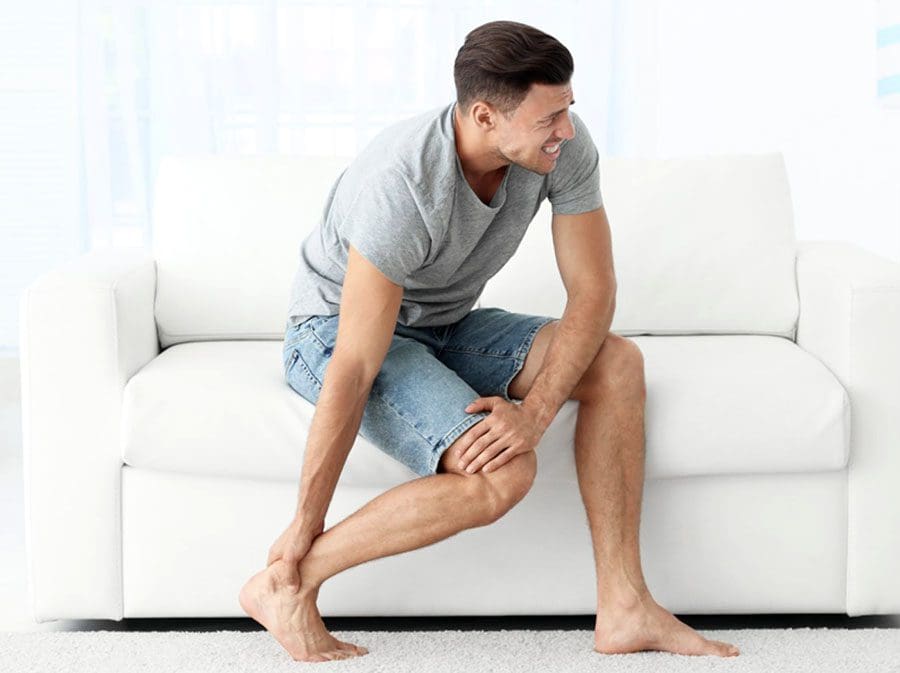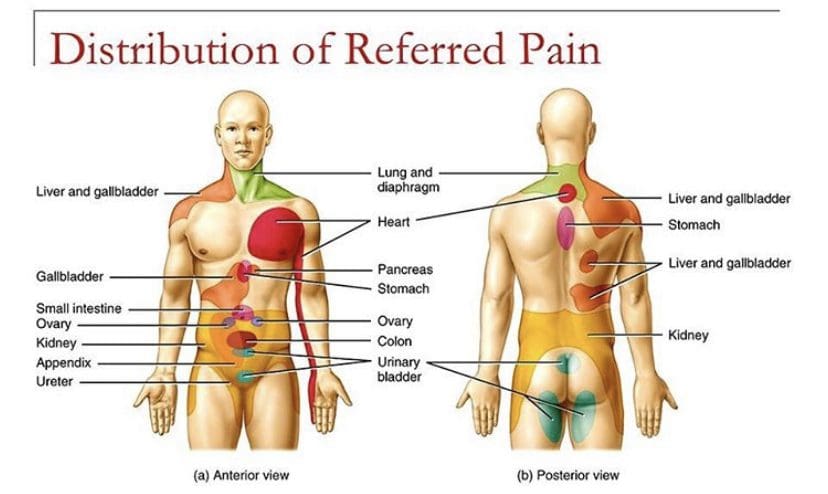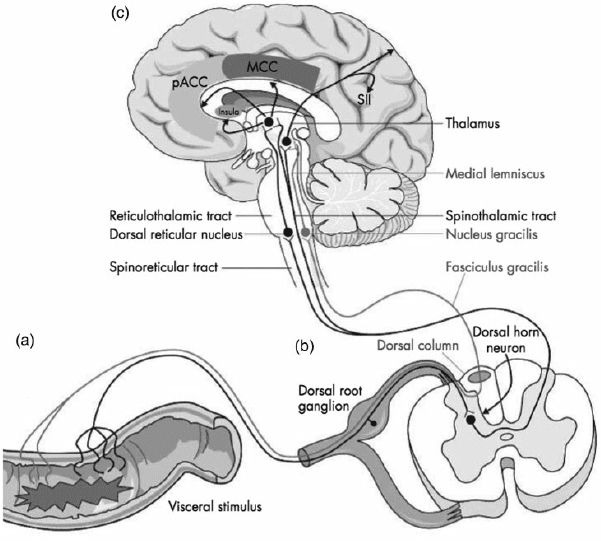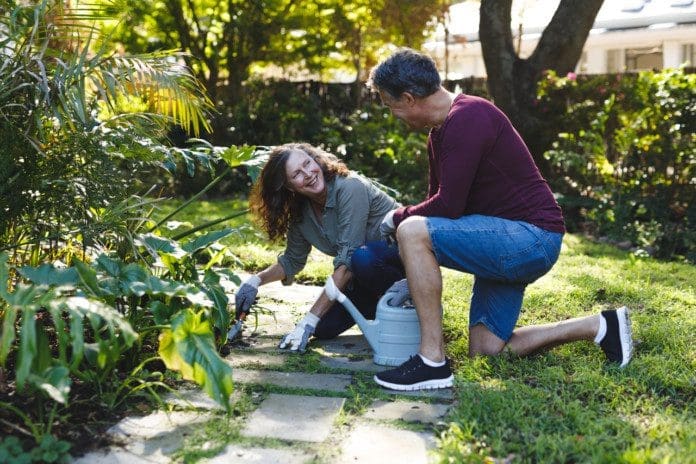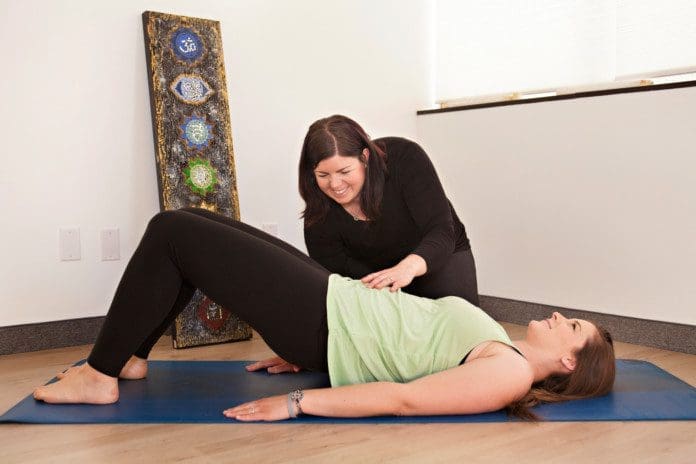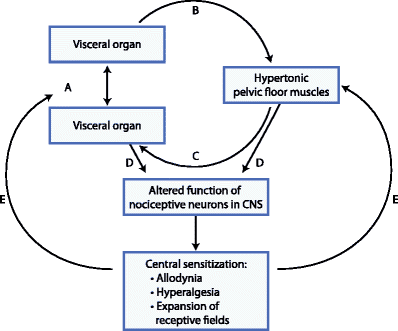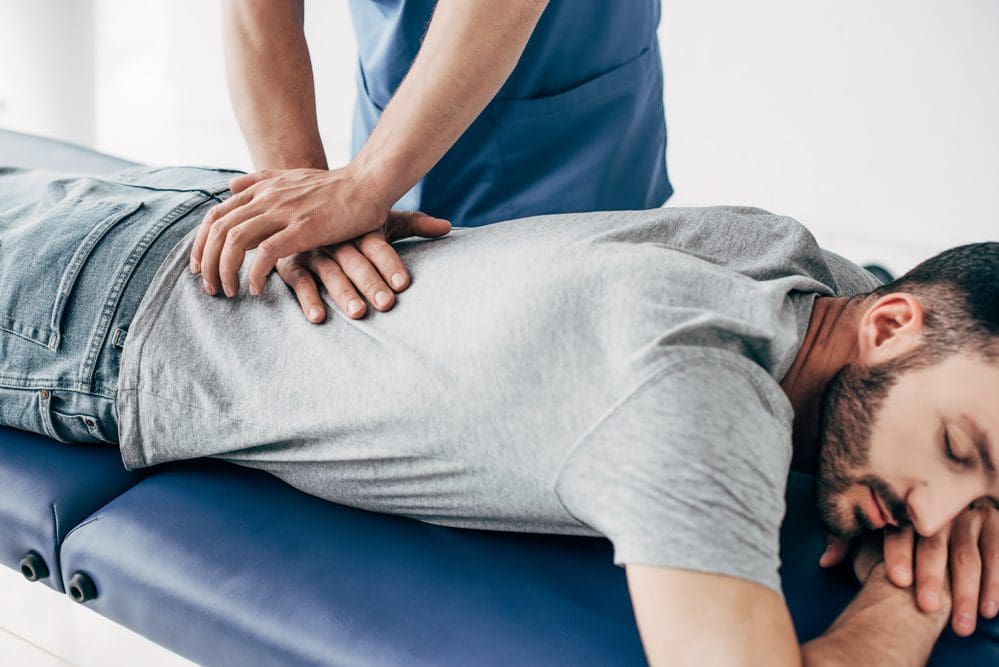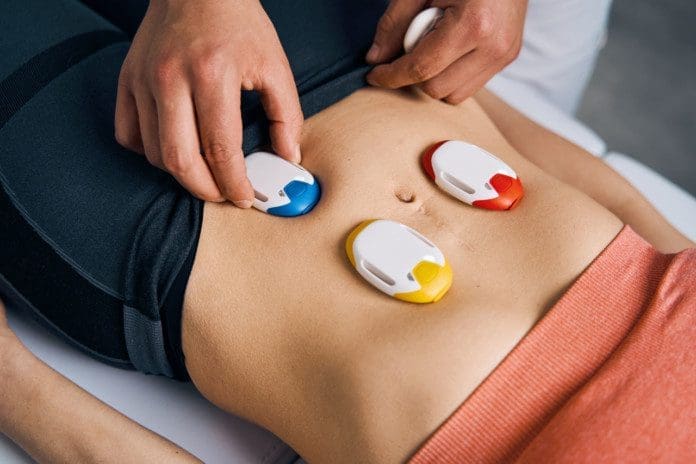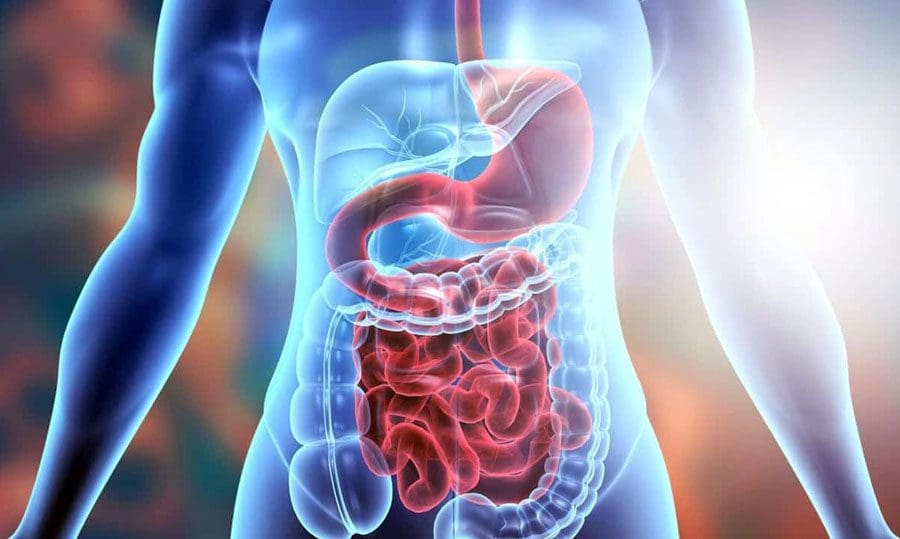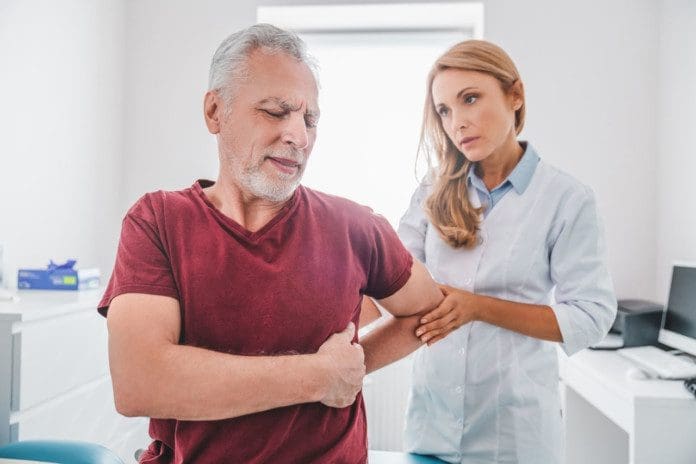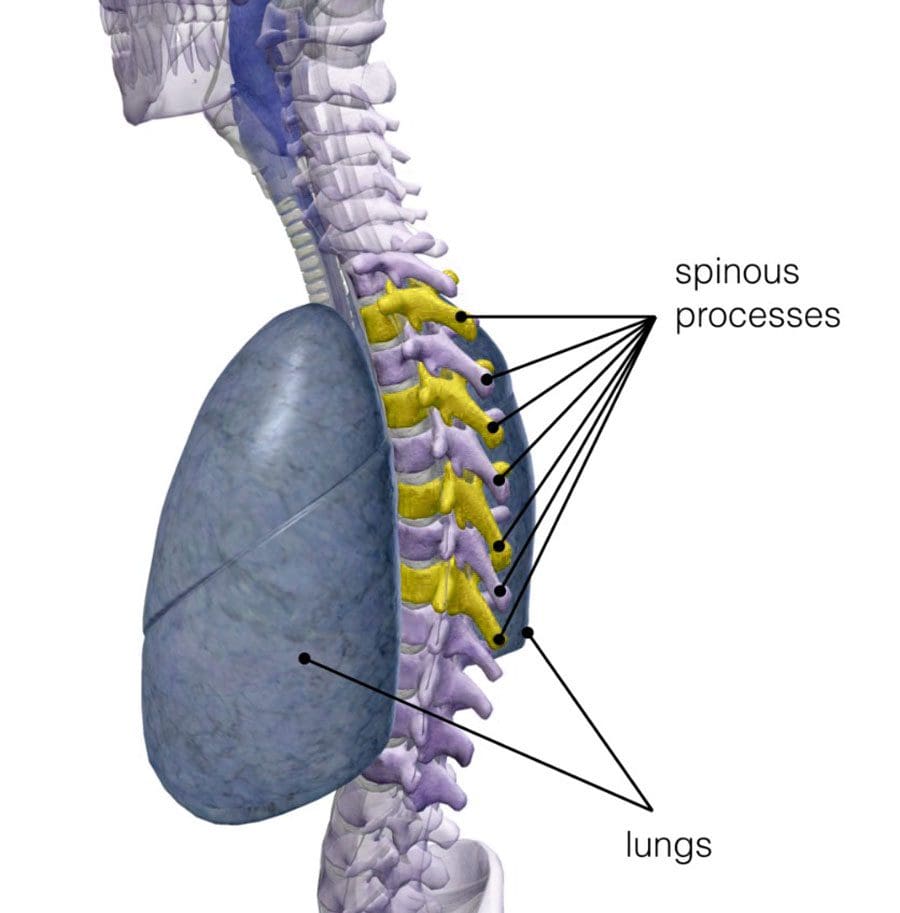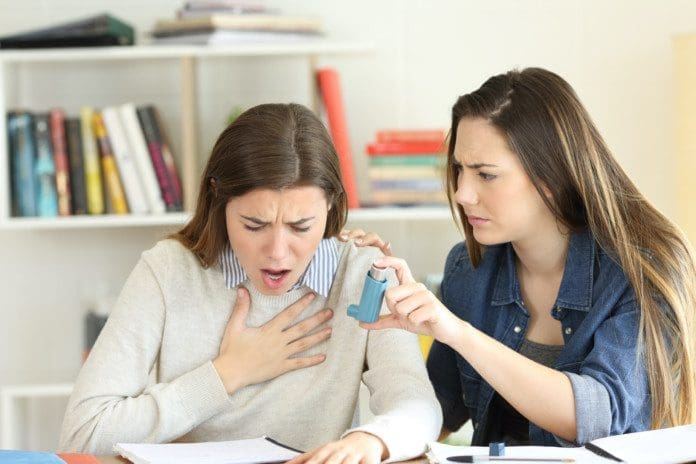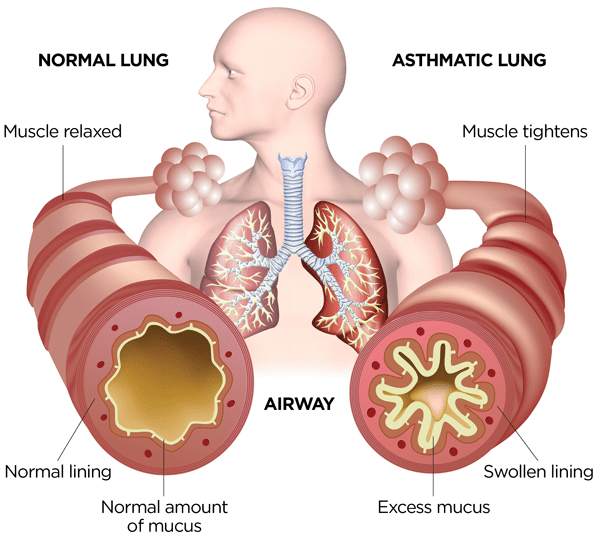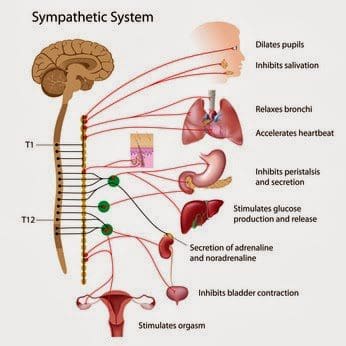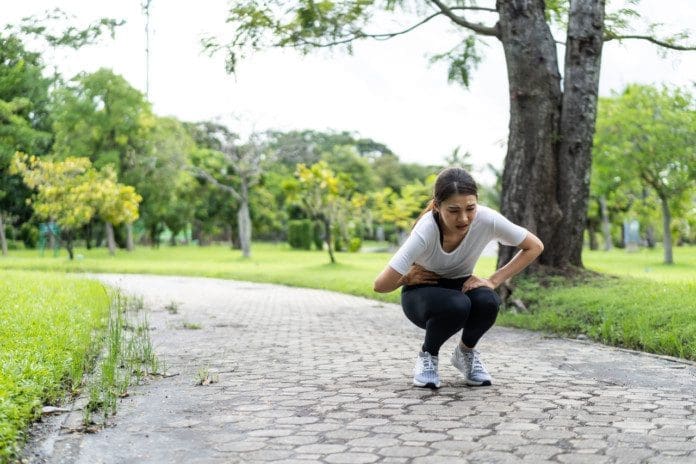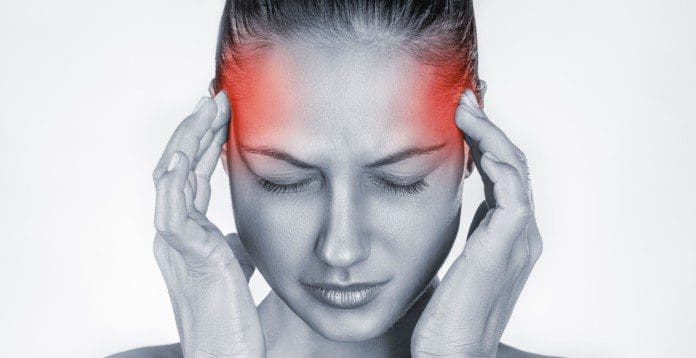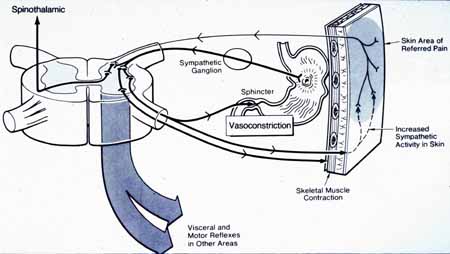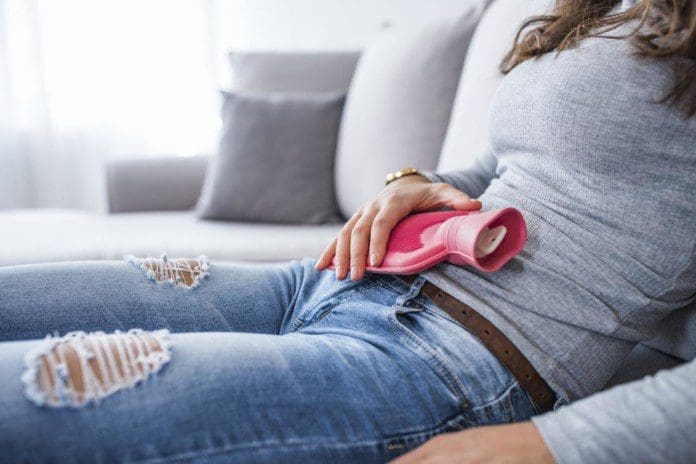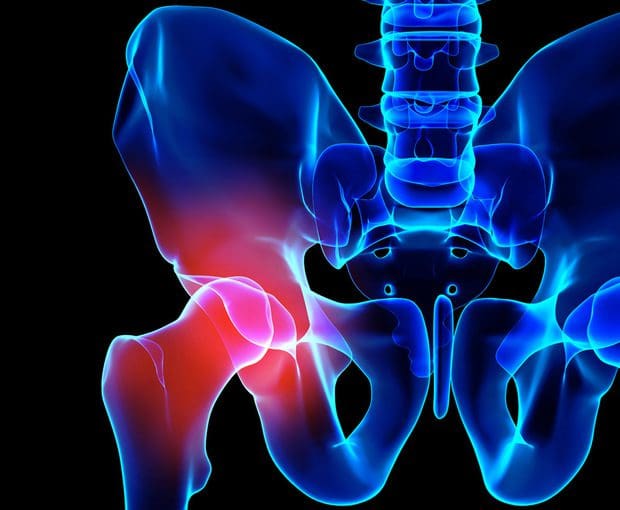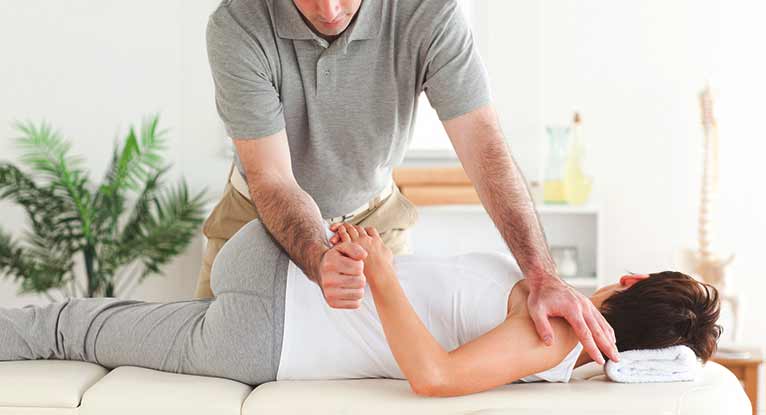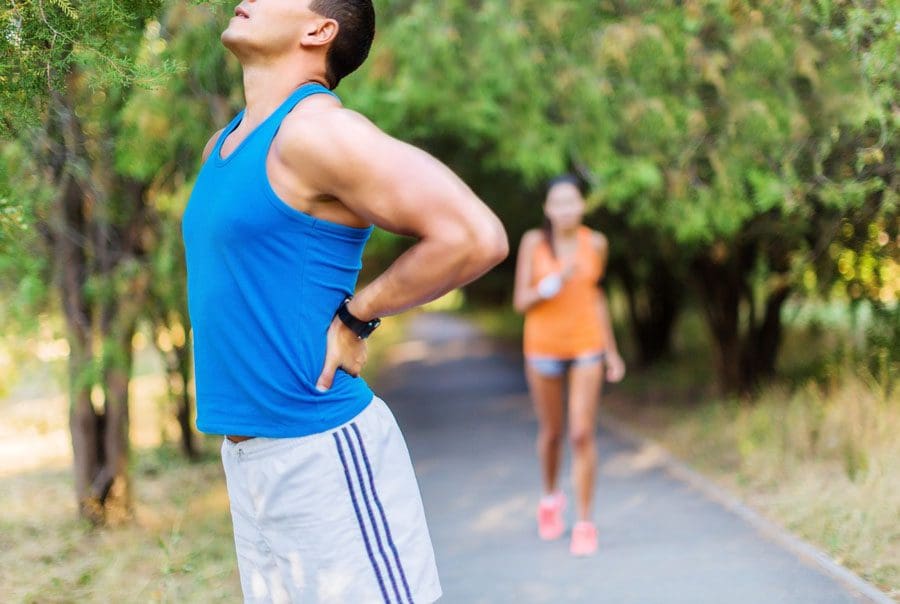Nutrition is how the body utilizes consumed food. Nutrition plays a role in chronic pain; lifestyle behaviors can influence how food contributes to illness/diseases. A common cause of chronic pain is chronic systemic inflammation. Inflammation plays a role in many chronic disease conditions, including diabetes, heart disease, and cancer. Reducing inflammation can be achieved by adjusting diet to get individuals back to feeling better quickly and to aid them in maintaining and improving their overall health. Injury Medical Chiropractic and Functional Medicine Clinic offer diet and nutritional supplements guidance as part of a personalized treatment plan.

Table of Contents
Inflammation
The purpose of the inflammatory response includes:
- Isolate the dangerous bacteria, viruses, or damaged cells.
- Flush out the dead cells and other damaging substances.
- Initiate the repair/healing process.
Types of inflammation
- Localized inflammation occurs at the site of an injury or infection.
- A sprained ankle that becomes swollen and painful or a cut that gets infected and becomes red and swollen are examples of localized inflammation.
- Systemic inflammation occurs throughout the body. External factors can trigger this type of inflammation.
- Viral and Bacterial infections.
- Allergens or toxins in food and the environment.
- Smoking
- Alcohol consumption
- It can also be triggered by internal factors, including:
- Stress
- Obesity
- Autoimmune conditions
- Genetic variations
Optimizing Diet and Nutritional Supplements Effect on Chronic Pain
The body needs protein, carbohydrates, fat, fiber, vitamins, and minerals for the health and the prevention of chronic disease.
- Dietary intake can enhance the function of the nervous system, immune system, and endocrine system that directly affects pain symptoms and episodes.
- Losing weight decreases the added pressure on joints and reduces inflammation.
- Dietary intake and weight status impact the risk and/or severity of other chronic diseases that include:
- Cardiovascular disease
- Diabetes
- Anxiety
- Depression
- Often occur simultaneously with chronic pain.
Prescribed diet modification, also known as diet therapy includes:
- Modifying the entire diet.
- Supplementing the diet with specific nutrients.
- Changing dietary patterns to induce a fasting state.
Benefits include:
- Calorie reduction
- Increased antioxidants
- Prebiotic supplementation for gastrointestinal health.
These approaches positively impact comorbidities of chronic pain and promote secondary gains, including:
- Pain alleviation and management.
- A positive promotion of health and well-being.
- Reductions of comorbidities like obesity and cardiovascular disease.
- Reducing healthcare costs.
Vitamin and Mineral Supplements
Diet and nutritional supplements provide added essential nutrients to a damaged, inflamed, or injured body. Dietary supplements improve overall health and wellness.
- Vitamin D and calcium tablets help maintain optimal bone health, as low vitamin D levels can lead to back pain.
- Omega-3 fatty acids help reduce inflammation.
- Vitamins E and C, combined with copper, help with blood production, tissue repair, and brain and skin health.
- Folic acid can help with joint pain and myofascial pain.
- B Vitamins can help with pain and prevent liver dysfunction.
Nutritional supplements support the body until the body and/or organs have correctly healed. Recovery from an injury could cause body stress that can interfere with the healing process. Diet and nutritional supplements expedite the healing and recovery process by:
- Helping overcome dietary deficiencies.
- Improving immune system function.
- Detoxifying toxins.
- Contain antioxidants that help the body stay toxin-free.
Chiropractic restores and realigns the body by incorporating supplements to nourish the body tissues and recover optimally from injury.
InBody Nutrition

References
Dragan, Simona, et al. “Dietary Patterns and Interventions to Alleviate Chronic Pain.” Nutrients vol. 12,9 2510. 19 Aug. 2020, doi:10.3390/nu12092510
Lee, Mi Kyung, et al. “The use of nutritional guidance within chiropractic patient management: a survey of 333 chiropractors from the ACORN practice-based research network.” Chiropractic & manual therapies vol. 26 7. 20 Feb. 2018, doi:10.1186/s12998-018-0175-1
Li, Chuan, et al. “Macrophage polarization and meta-inflammation.” Translational research: the journal of laboratory and clinical medicine vol. 191 (2018): 29-44. doi:10.1016/j.trsl.2017.10.004
Nutrition and Chronic Pain https://www.iasp-pain.org/resources/fact-sheets/nutrition-and-chronic-pain/
Pahwa R, Goyal A, Jialal I. Chronic Inflammation. [Updated 2021 Sep 28]. In: StatPearls [Internet]. Treasure Island (FL): StatPearls Publishing; 2022 Jan-. Available from: https://www.ncbi.nlm.nih.gov/books/NBK493173/


